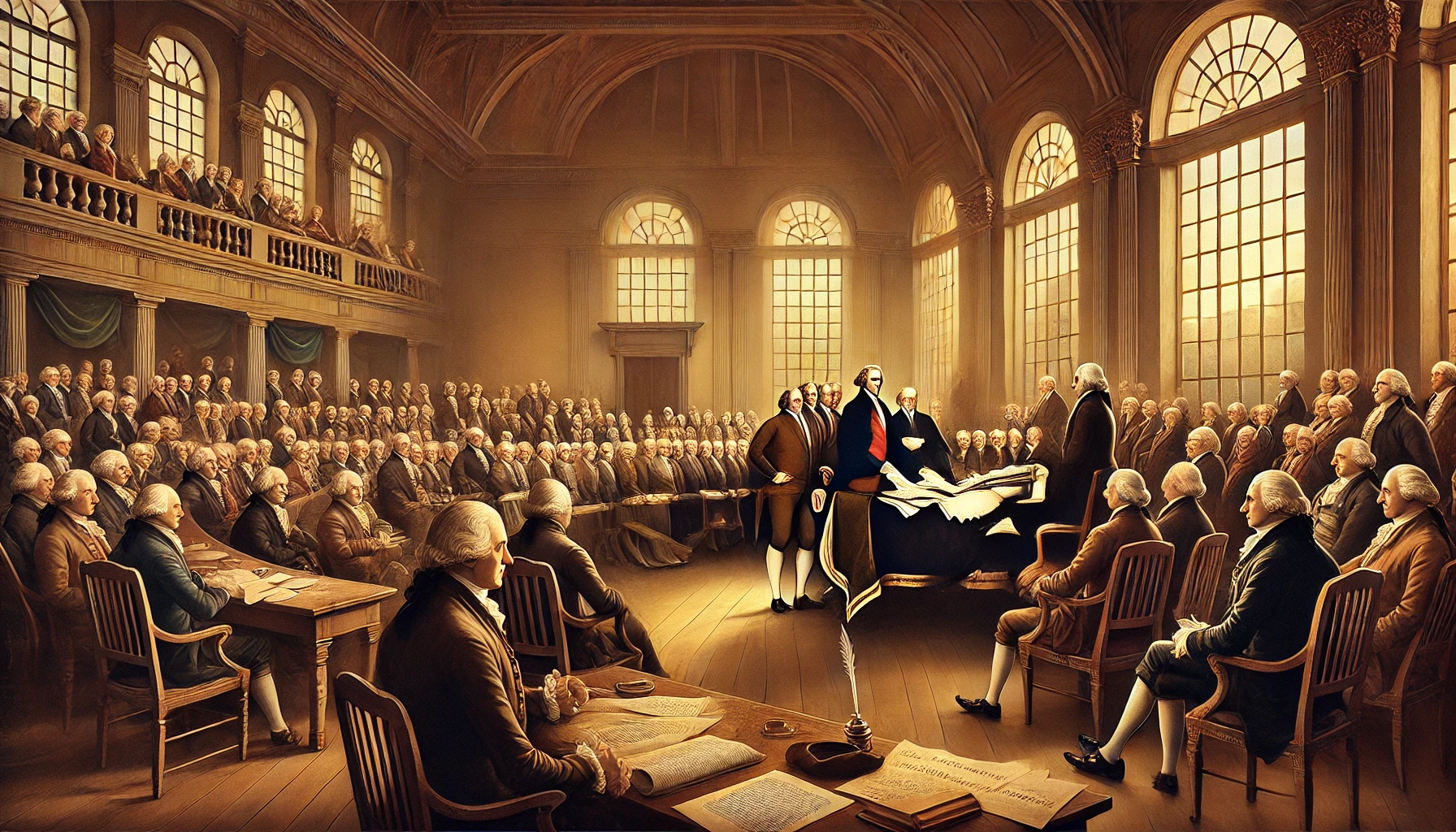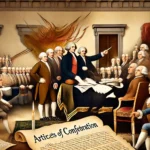Introduction true or false: the articles were easy to change.
The Articles of Confederation, adopted in 1777, were the United States’ first attempt at a national government framework. However, their effectiveness was hindered by their rigidity. One of the most significant weaknesses was the difficulty in making amendments, which required unanimous approval from all thirteen states. This inflexibility ultimately contributed to replacing them with the U.S. Constitution. In this article, we will explore why modifying the Articles was nearly impossible and how this challenge led to a more muscular governing system.
Understanding the Articles of Confederation
What Were They Designed For?
The Articles of Confederation were created to provide a foundational structure for the newly independent states while preserving their autonomy. The goal was to prevent a powerful central authority from emerging, as the colonies had just broken away from British rule.
Core Features of the Articles:
- Each state maintained its independence and sovereignty.
- The federal government had no power to levy taxes or regulate trade.
- Amendments required a unanimous decision among all states.
True or False: The Articles Were Easy to Change.?
The Reality Behind the Amendment Process
The notion that “the Articles were easy to change” is false. The requirement for unanimous state approval made it nearly impossible to implement changes, leading to significant governance issues.
Factors That Made Amendments Difficult
- Unanimous Consent Requirement: Every state had to agree before changes could be made.
- Diverse State Interests: Differences in economic and political priorities hindered cooperation.
- Lack of Enforcement Power: Congress had no authority to compel states to comply with decisions.
Challenges in Amending the Articles
Unanimous Approval – A Major Hindrance
Why Was It Implemented?
The framers of the Articles wanted to protect state independence. However, requiring unanimous consent created a system where a single dissenting state could block necessary reforms.
Consequences of This Rule
- Inefficiency in Governance: The government could not adapt to changing needs.
- Failure to Address Economic Problems: Congress lacked the power to collect taxes or regulate trade effectively.
- National Security Issues: The federal government could not maintain a standing army or respond effectively to external threats.
Weaknesses of the Articles of Confederation
Financial Struggles
- The national government could not impose taxes and relied on state donations.
- States often failed to contribute funds, leading to financial instability.
- The inability to raise revenue weakened national defense and infrastructure development.
Lack of Centralized Authority
- No executive branch existed to enforce national laws.
- Congress had no power to regulate commerce between states or with foreign nations.
- Disputes between states remained unresolved due to a lack of a judicial system.
Trade and Economic Difficulties
- States imposed tariffs on each other, disrupting economic stability.
- No national standard for currency led to financial confusion.
- Inability to regulate trade with foreign nations weakened the economy.
Attempts to Modify the Articles
The Annapolis Convention (1786)
- Delegates from several states met to discuss trade regulation issues.
- Recognized deeper flaws in the Articles that extended beyond commerce.
- Called for a larger convention to address fundamental governance problems.
The Constitutional Convention (1787)
- Initially planned to revise the Articles, but delegates decided on a complete overhaul.
- Led to the drafting of the U.S. Constitution, which replaced the Articles.
- Created a stronger federal government with a more flexible amendment process.
The U.S. Constitution: A More Adaptable System
A Practical Amendment Process
- The Constitution allows amendments to be made through Congressional approval by a two-thirds majority and ratification by three-fourths of the states.
- This method provides a balance between stability and necessary changes.
Key Improvements Over the Articles:
- Establishment of an executive branch for law enforcement.
- Creation of a national judiciary to resolve state disputes.
- Federal authority to levy taxes and regulate commerce.
How the Articles’ Rigidity Led to Change
The Articles of Confederation aimed to protect state sovereignty, but their rigidity led to a governance crisis. Economic turmoil, political stagnation, and security risks highlighted the need for a more adaptable system. Transitioning from the Articles to the Constitution allowed amendments without requiring unanimous consent, making the government more effective and flexible.
The Lasting Impact of the Articles’ Failure
Lessons Learned
- Overly rigid governance structures lead to inefficiency.
- A balance between state and federal powers is crucial.
- A flexible amendment process is necessary for national stability.
How It Shaped Future Governance
- The U.S. Constitution established clear guidelines for amendments.
- The federal government gained the ability to address economic and security concerns.
- The experience influenced future democratic frameworks worldwide.
Conclusion
The statement “true or false: the articles were easy to change” is false. The Articles of Confederation were plagued by an amendment process that required unanimous consent, making reforms nearly impossible. This inflexibility resulted in governance inefficiencies, economic struggles, and national security concerns. Recognizing these shortcomings, the framers drafted the U.S. Constitution, introducing a more adaptable amendment system. This transformation strengthened the nation, ensuring necessary changes could be made without complete governmental gridlock. The lessons learned from the Articles’ failures continue to influence modern governance, reinforcing the importance of flexibility in political systems.



